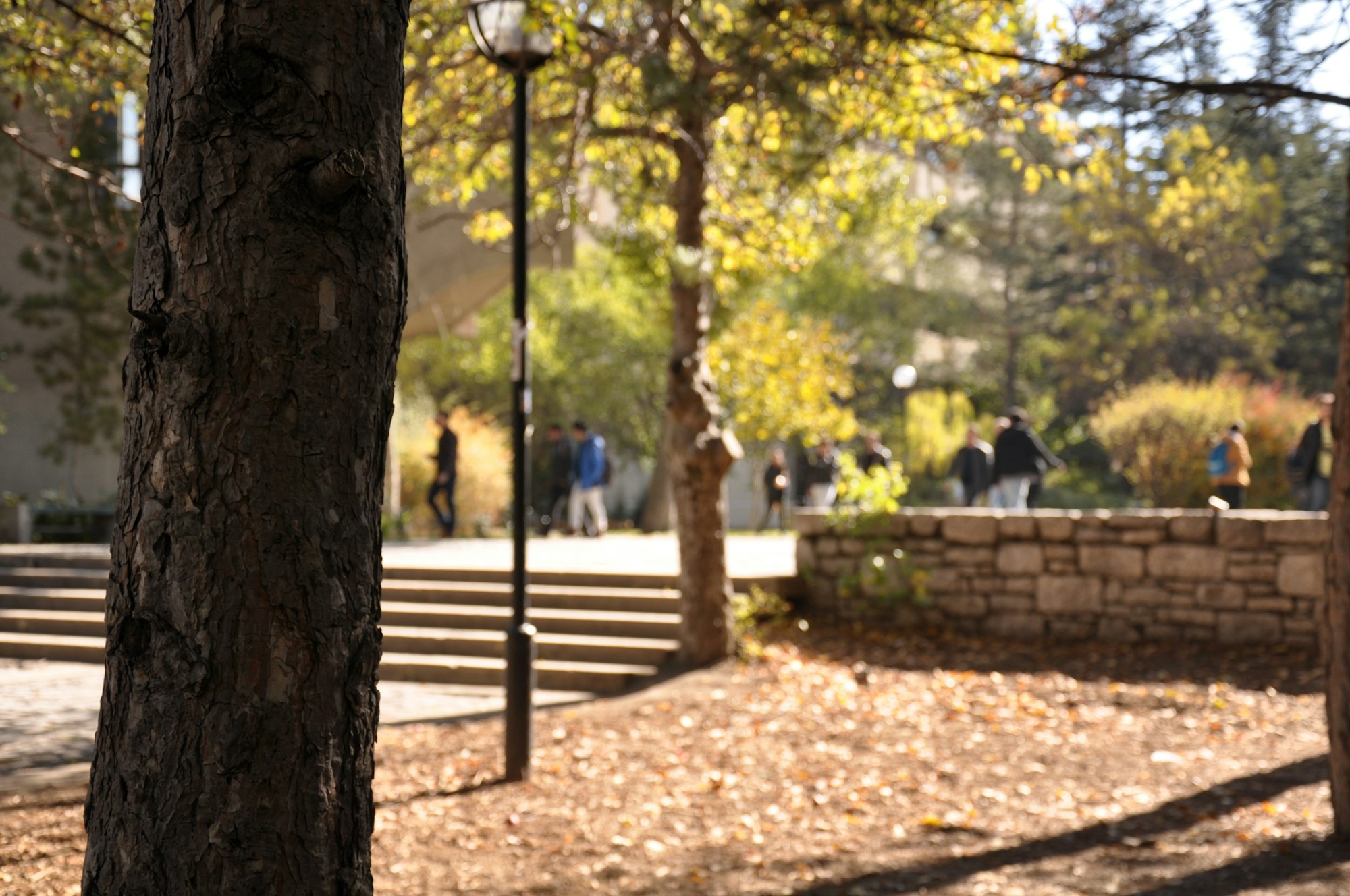(List #10): Campus Sustainability
Environmental sustainability on campus

This week's List follows the theme of environmental sustainability on campus (a.k.a Principle "7" of PRME) including carbon footprints, materiality, procurement, student engagement, land and green roofs.
1.STUDENTS LEADING STRATEGIC CLIMATE ACTION
Gustavson School of Business in Canada has been measuring their carbon footprint for over 10 years now. They formed a Carbon Neutrality Plus committee comprised of students, faculty and staff representatives that provides information and long-term leadership in shortlisting carbon offset projects and integrating carbon neutrality education with students. In 2018, their Carbon Offset Pitch Competition invited students to create carbon offset portfolios that Gustavson could invest in to offset their 2017 carbon emissions and the winning portfolios were adopted by the school. More recently, the 2021 Climate Solutions Challenge invited students to propose actionable climate ideas for the university.
+How do you engage students in your campus environmental targets? Click here to share your thoughts.
2. TOURING AROUND
The University Melbourne created a virtual map of sustainability initiatives, services and infrastructure. Visitors can navigate through the map to learn about different sustainability initiatives on campus including listen to videos by staff and students introducing the different initiatives. This including a tour of the food waste processor, the bike collective, the reusable dish service, and the sustainability features of different buildings on campus. Videos and points on the maps are continuously added. The map is an alternative to their in person sustainable campus tour.
+ How are you communicating your sustainability efforts to your community? Click here to share your thoughts.
3. ABORIGINAL CULTURAL ADVISOR
The University of New England in Australia appointed an Aboriginal Cultural Advisor to Facilities Management Services to ensure Indigenous factors are considered in capital development, operations and campus landscape management. This included consulting the local Aboriginal community about the development area of the newly completed UNE Solar Farm(which supplies 30% of campus electricity). The role is currently held by a local Aboriginal man who is who is a student completing a degree in Archaeology. In Aboriginal culture, the land, environment, and culture are all valued equally and cannot be separated. Everything in the universe revolves around life cycles. Ancestors are reincarnated as living animals, trees, plants, sky feature and/or land formations.
+Who are you consulting when it comes to decisions made on campus land? Click here to share your thoughts.
4. SQUEEKY CLEAN PROCUREMENT
Universities are building sustainability criteria into new contracts with service providers and procurement contracts. When SKEMA in France was looking for a new cleaning service, environmental and sustainability criteria were weighted at 15% and the provider was selected based on their CSR approach and use of harmless chemical agents and eco-labelled products. Local suppliers are also preferred. The University of Gothenburg set sustainability requirements in 33% of their object procurement procedures and that share is increasing. For example, with cleaning services evaluations were made based on requirements for fossil-free transport and suppliers requiring ISO14001 Environmental Management Systems.
+How is sustainability built into your procurement policies? Click here to share your thoughts.
5. CONNECTING THE CLASSROOM WITH THE CAMPUS
Nottingham Trust University in the UK was one of the first Universities to obtain ISO 14001 certification in 2012 with an Environmental Management System. Students are actively involved in reaching their environmental targets. For example, in 2018 and again in 2019, 100 final year product design students worked with the university’s waste contractor Enva to explore the effectiveness of current recycling methods on campus. Over one day, they took to the campus to collect data, conduct interviews, use surveys and questionnaires, and observe recycling behaviours and use this to propose solutions to the company. The University also hosts student placements to advance sustainable development at the university.
+How can you use your campus to reinforce your curriculum? Click here to share your thoughts.
6. IDENTIFY YOUR MATERIAL ISSUES
IMD conducted its first materiality assessment in 2019 to identify which sustainability issues were most important to the school. This involved six months of interviews, surveys and workshops involving a wide range of internal and external stakeholders. This also included course participants, alumni, staff, suppliers, peer organisations, accreditation bodies and partners. A framework highlighting the 13 months important sustainability issues for IMD was developed based on this with many operational items in the list including mobility and emissions, sustainable procurement, waste management and green buildings. The Universidad del Pacifico has been doing materiality analysis as part of the GRI report since 2014.
+ Once you identify your material issues, how do you ensure that they are highlighted, and that action is taken? Click here to share your thoughts.
7. GREEN ROOFS
While business schools are increasingly making their campuses more sustainable there is so much more they can do. One idea: creating ecosystems on top of structures and not just underfoot. For example, Leicester city has added green rooftops to bus shelters to attract bees (called Bee Stops…love it). These also absorb rainwater and decrease runoff and the greenery adds to the cityscape, helping to mitigate urban heat and filtering air pollutants. Holland has over 300 bus stops like this. Or consider going much bigger. Nanyang Technological University of Singapore has a 215,000 square foot sloping green roof for students to use. For some more inspiration take a look at this residential building complex in Germany, this Convention Centre in Canada (400,000 indigenous plants) or on the top of this skyscraper in Chicago and, very recently, on top of the new building at the University of Tasmania in Australia.
+Where else can you plant native species? Click here to share your thoughts.
This week’s list was put together in response to a request from Katell, Jim, Molly, Dilip and Hari.
